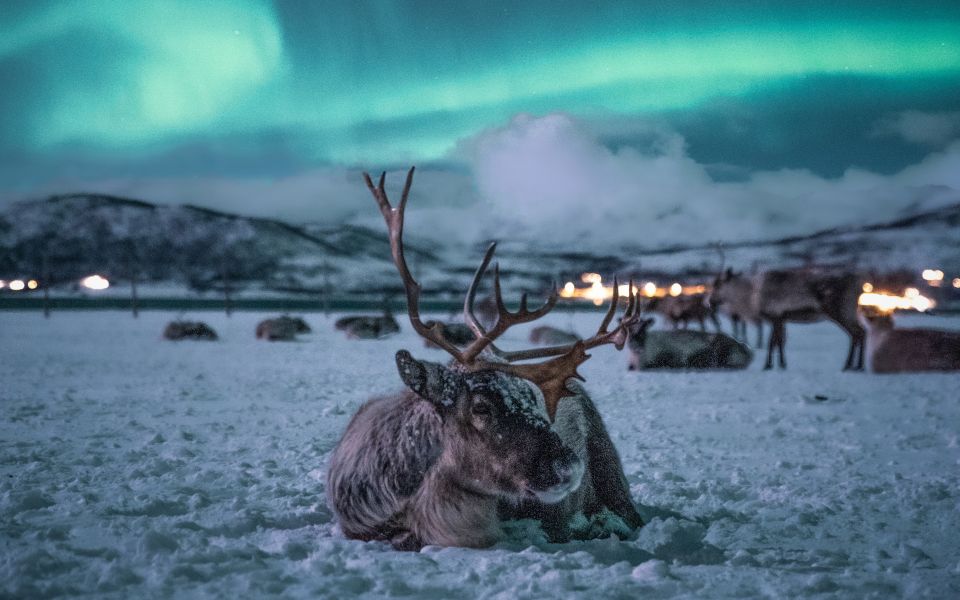Myths and Legends of the northern lights in Norway
The northern lights, or Aurora Borealis, have fascinated and mystified people for centuries. This natural light display, seen in high-latitude regions, has inspired countless myths and legends across cultures.
In Tromsø, Norway, these stories add an extra layer of magic to the already mesmerizing experience of witnessing the northern lights.

The Sami and the northern lights
The indigenous Sami people of Northern Scandinavia, including Tromsø, have a rich tapestry of folklore surrounding the northern lights. One prevalent belief is that the Aurora Borealis is caused by the energy of souls, either those who have passed away or those yet to be born. This interpretation imbues the lights with a spiritual significance, turning the sky into a bridge between the earthly realm and the afterlife.
Another Sami legend suggests that the northern lights are the spirits of animals, particularly reindeer, playing in the sky. Given the Sami’s deep connection to reindeer herding, this story reflects their relationship with nature and their surroundings. The lights dancing in the sky serve as a reminder of the interconnectedness of all living beings and the spirit world.
Norse Mythology and the northern lights
Norse mythology, with its pantheon of gods and rich storytelling tradition, also offers explanations for the northern lights. One myth tells of the Valkyries, warrior maidens who would choose which soldiers would die in battle and which would live. They would ride their horses across the sky, their armor creating the shimmering lights of the northern lights. This connection to the Valkyries gave the lights a heroic and divine aspect, symbolizing honor and the afterlife.
Another Norse legend speaks of Bifröst, the rainbow bridge connecting the mortal world to Asgard, the realm of the gods. Some believe the northern lights to be an extension of this bridge, a pathway for gods to descend to Earth. This idea portrays the northern lights as a divine phenomenon, a direct link to the higher powers watching over humanity.
For a deeper dive into the mythological context, Norse Mythology for Smart People provides extensive insights into these legends.
Inuit Interpretations
Further afield, the Inuit of North America have their own captivating stories about the northern lights. One legend describes the lights as the spirits of the dead playing a game of ball with a walrus skull. This interpretation is both playful and eerie, reflecting the Inuit’s close relationship with their harsh, yet beautiful, natural environment.
Inuit folklore also includes the belief that the northern lights are torches held by spirits guiding souls to the afterlife. The flickering lights represent the spirits’ movement, illuminating the path for those who have passed on. This belief underscores the northern lights’ role as a comforting and guiding presence in the sky.
Modern Interpretations and Scientific Understanding
While myths and legends provide a rich cultural backdrop, our modern understanding of the northern lights is rooted in science. The Aurora Borealis is caused by charged particles from the sun interacting with the Earth’s magnetic field and atmosphere, creating stunning light displays. Despite this scientific explanation, the myths and legends continue to thrive, enriching our experience and appreciation of this natural wonder.
In Tromsø, experiencing the northern lights is more than just a visual feast; it’s a journey into the heart of cultural history and storytelling. The myths and legends passed down through generations remind us that nature’s wonders are deeply intertwined with human imagination and belief.
